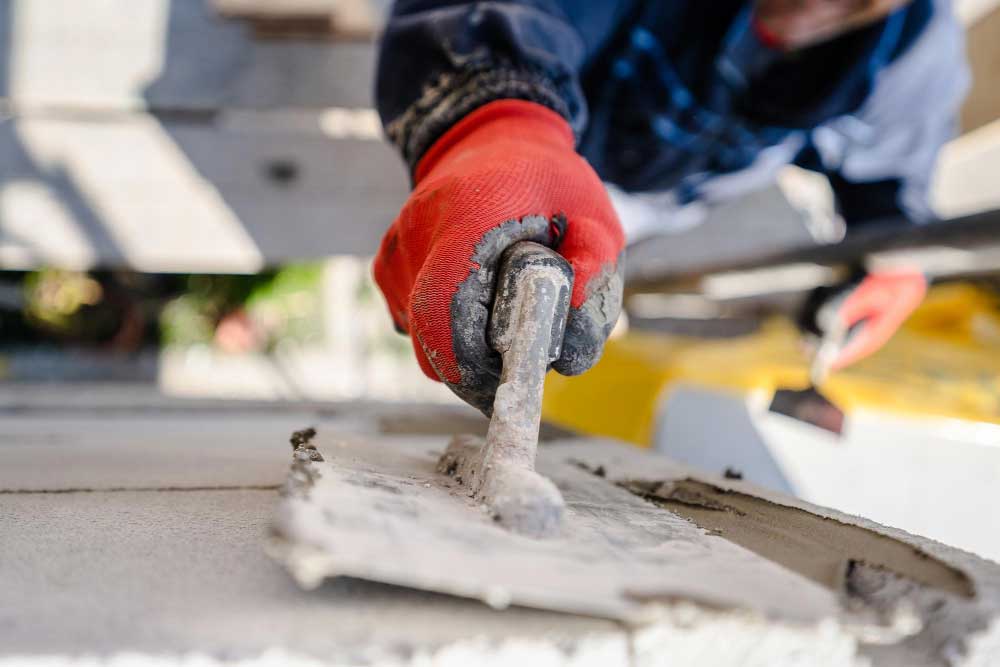Concrete structures are the backbone of modern infrastructure, providing stability and durability to buildings, bridges, roads, and more. However, over time, concrete can deteriorate due to various factors such as weathering, chemical exposure, and structural stress. Consequently, it becomes imperative to implement long-term solutions for concrete repair to ensure the longevity and resilience of these structures.
Identifying Common Concrete Damage
Before delving into long-term solutions, it’s crucial to identify common types of concrete damage. These may include:
Cracks
Cracks in concrete can result from shrinkage, settlement, thermal fluctuations, or excessive loads. They compromise the structural integrity and allow water and harmful substances to penetrate, accelerating deterioration.
Spalling
Spalling refers to the chipping or breaking off of concrete surfaces, often caused by freeze-thaw cycles, corrosion of reinforcing steel, or poor construction practices. It weakens the concrete and exposes the reinforcement to further corrosion.
Scaling
Scaling manifests as the flaking or peeling of the concrete surface, typically due to freeze-thaw cycles, chemical exposure, or inadequate curing. It diminishes the aesthetic appeal and durability of the structure.
Corrosion of Reinforcement
Corrosion occurs when moisture and oxygen penetrate the concrete, reaching the embedded steel reinforcement. This chemical reaction leads to the formation of rust, which expands and causes cracking and spalling.
Long-Term Solutions for Concrete Repair
Addressing concrete damage requires proactive measures aimed at enhancing durability and resilience. Here are some effective long-term solutions:
High-Performance Concrete
High-performance concrete (HPC) is used in new construction or as a repair material. It offers superior strength, durability, and resistance to environmental factors. HPC incorporates advanced admixtures and aggregates to enhance its properties, ensuring longevity.
Epoxy Injection
Epoxy injection is a technique employed to repair cracks in concrete structures. It involves injecting epoxy resin into the cracks, effectively bonding them together and restoring the structural integrity. This method prevents water ingress and reinforces the affected areas, mitigating further damage.
Cathodic Protection
Cathodic protection is a corrosion mitigation strategy used to safeguard reinforced concrete structures. It involves applying a direct electrical current to the reinforcing steel, inhibiting corrosion by neutralising the electrochemical reactions. This technique significantly extends the service life of concrete elements.
Surface Coatings and Sealers
Protective coatings and sealers to concrete surfaces form a barrier against moisture, chemicals, and abrasion, enhancing durability. These coatings can be epoxy-based, acrylic, polyurethane, or silane/siloxane, tailored to specific performance requirements and environmental conditions.
Carbon Fiber Reinforcement
Carbon fibre reinforcement systems provide an alternative solution for strengthening concrete structures. These lightweight, high-strength fibres are bonded to the concrete surface, increasing its load-bearing capacity and resistance to cracking and deformation. Carbon fibre reinforcement offers long-term durability and flexibility, making it suitable for various applications.
Structural Strengthening
Structural strengthening techniques may be necessary for severe concrete damage or structural deficiencies. It involves retrofitting the existing structure with additional reinforcements, such as steel plates, fibre-reinforced polymers (FRP), or external post-tensioning systems, to improve its load-carrying capacity and resilience.
Conclusion
Implementing long-term solutions for concrete repair is essential to preserve the integrity and functionality of infrastructure assets. By addressing common forms of concrete damage and employing proactive repair and reinforcement techniques, we can ensure the durability and resilience of concrete structures for generations to come.
